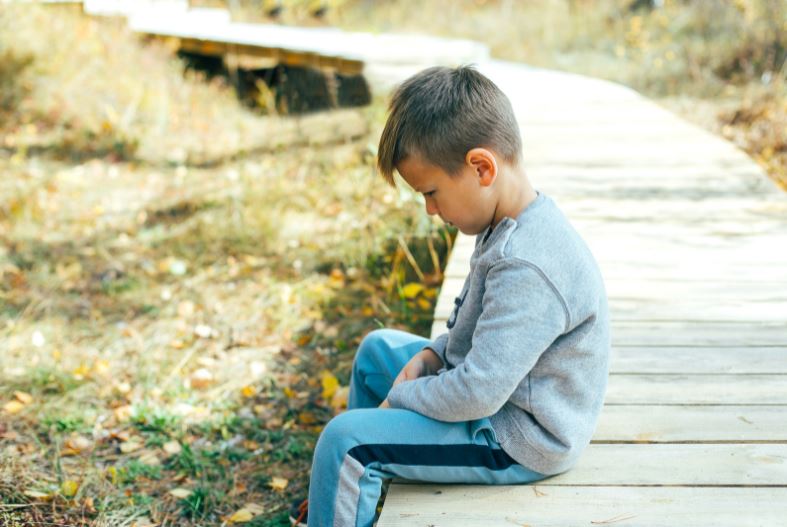
Trauma Therapy
Research tells us that even if a traumatic event occurs at a young age, the body and mind keep the score. These adverse experiences have a negative impact on child development and, without intervention, can have negative impacts on a person’s physical and mental health as they age.
Luckily, early intervention is available! We do not have to wait for the brain to be fully developed to verbally process trauma. Much of a traumatic experience, and the symptoms of post-traumatic stress that occur after the experience, are nonverbal and therefore difficult to describe in words for an adult or child.
Using play therapy, the child can show the therapist their struggles or fears using toys. The toys are used as symbolic representations of the trauma, therefore allowing the child to feel less vulnerable and exposed when processing the events. Play therapy allows the child to externalize their story, where it can then be better understood and the child can therapeutically reprocess what happened, creating a sense of mastery over the trauma. This empowerment is especially important for a child following trauma, which typically leaves children feeling powerless and vulnerable.
“Play is the most natural method of self healing that childhood affords.”
-Erik Erikson
https://www.youtube.com/watch?v=SbeS5iezIDA
Play therapy allows the child to lead the therapist through their story nondirected. The therapist follows through this journey by verbally reflecting, reframing and processing what is being demonstrated with the child.
Instinctual Trauma Response Therapy
For children who are more verbally expressive and have the willing desire to discuss their adverse experiences, they can participate in a short-term intensive therapy called instinctual trauma response therapy or ITR.
While the specific events of trauma differ widely and are unique to the individual who experienced it, the response that the human body and mind go through before, during, and after are predictable and universal. Whether a person experiences combat, a car accident, physical assault, natural disaster, or medical trauma, the response is always going to be: startle, an attempt to fight or flee, a feeling of being trapped and going into a freeze, an altered state of consciousness, a state of submission, and self-repair.
In ITR the traumatic experience is drawn out in a graphic narrative, or as I like to call it, a slow-motion “movie” of what happened, using the stages of trauma response. Similar to trauma focused play therapy, this process externalizes the events and allows the child to be physically separated from what occurred. They become a witness to their experience and reprocess it as a story with a beginning, middle and end that is no longer occurring.
Using drawings and verbal retellings connects the right side of the brain to the left side of brain, enabling healthy processing without feeling the need to avoid or intrude.
from the ITR Training Institute
ITR® for Kids from ITR Training Institute on Vimeo.
How Can We Help Today?
Ask a question below.
